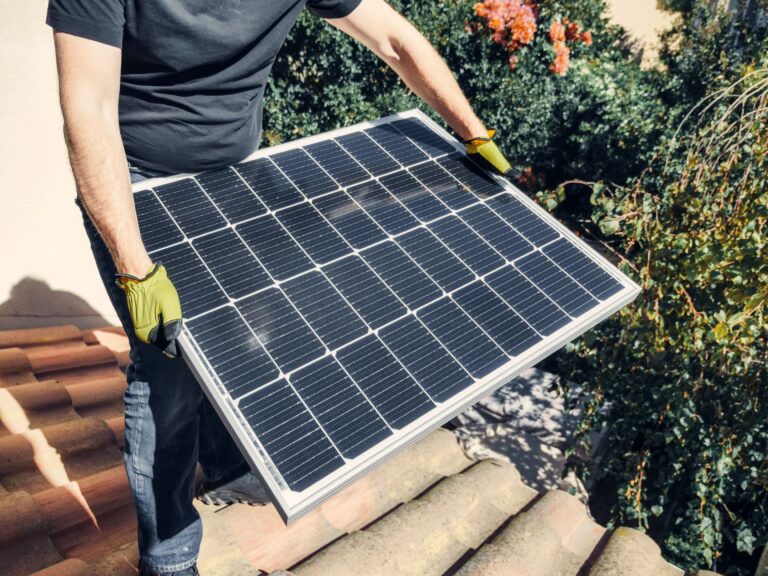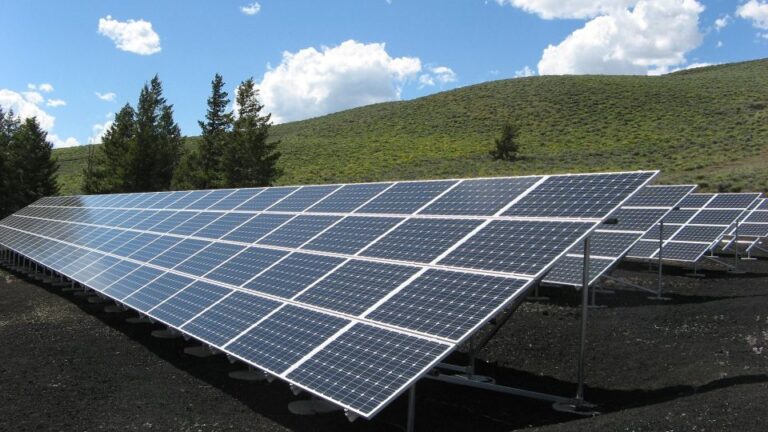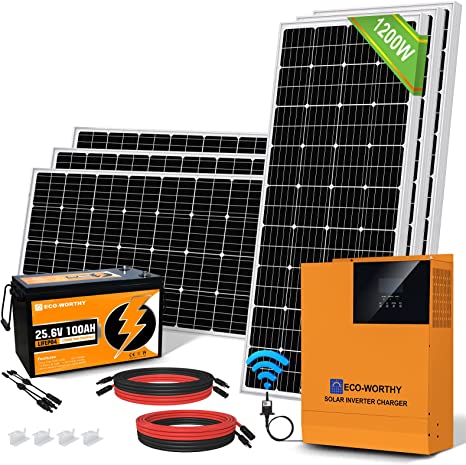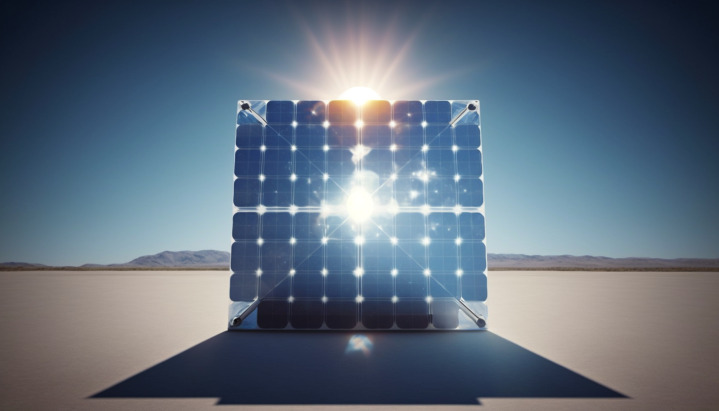What are Polycrystalline Solar Panels?
Polycrystalline solar panels are a cost-effective and eco-friendly choice for harnessing solar energy. They are made by fusing multiple silicon crystals, offering advantages such as affordability, high efficiency, and durability. While less efficient than monocrystalline panels, they are suitable for various applications, including residential, agricultural, industrial, and even space uses. Despite their lower efficiency and distinctive appearance, their declining cost and environmental benefits make them a popular option for those looking to reduce their carbon footprint and energy bills.
Table of Contents
Polycrystalline solar panels are solar panels composed of numerous silicon crystals. These panels are popular among homeowners and companies seeking to transition to solar energy because of their efficiency and low cost. In this piece, we will look at the advantages of using polycrystalline solar panels as well as the significance of solar energy.
How Polycrystalline Solar Panels Work
Polycrystalline solar panels are a common option for converting sunlight into energy. They are constructed from numerous silicon crystals that have been fused together to create a single screen. In this article, we will look at how polycrystalline solar panels function and how they vary from monocrystalline panels.
Properties of Polycrystalline and Monocrystalline Panels
The primary distinction between polycrystalline and monocrystalline screens is the method by which the silicon is made. Polycrystalline panels are made from numerous crystals of silicon, whereas monocrystalline panels are made from a single crystal of silicon. Monocrystalline screens transform sunlight more efficiently, but they are also more costly to manufacture.
The Light Absorption and Electricity Production Mechanism
When sunlight strikes a polycrystalline solar panel, the silicon particles capture it. The energy from the sun excites electrons in silicon, causing them to shift around. This electron movement generates an electric charge, which is collected by the solar cells and sent to an inverter. The inverter transforms the direct current (DC) generated by the solar cells into alternating current (AC) that can be used to power homes and enterprises.
Finally, polycrystalline solar panels are a low-cost, high-efficiency method to produce energy from sunlight. They are created by melting raw silicon and binding together numerous crystals to make a single panel. While polycrystalline panels are not as effective as monocrystalline panels, they are still a popular option for households and companies seeking to lower their carbon impact and save money on their energy bills.
What Are The Advantages of Polycrystalline Solar Panels
Polycrystalline solar panels are a common option for homeowners and companies interested in harnessing the power of the sun. These panels have several benefits over other kinds of solar panels, including low cost, high efficiency and capacity, as well as endurance and longevity.
Affordability of Polycrystalline Solar Panels
One of the main benefits of polycrystalline solar panels is their low cost. These panels are generally less expensive than other types of solar panels, making them an appealing choice for those seeking to reduce their energy costs. Furthermore, polycrystalline solar panels are simple to place, lowering the total cost of a solar energy system.
Extreme Efficiency and Capacity
The high efficacy and capability of polycrystalline solar panels is another benefit. These panels are intended to transform a large portion of the sun’s energy into usable electricity, allowing them to produce more power than other kinds of solar panels. As a result, they are an excellent option for those who want to generate a substantial quantity of energy from their solar energy system.
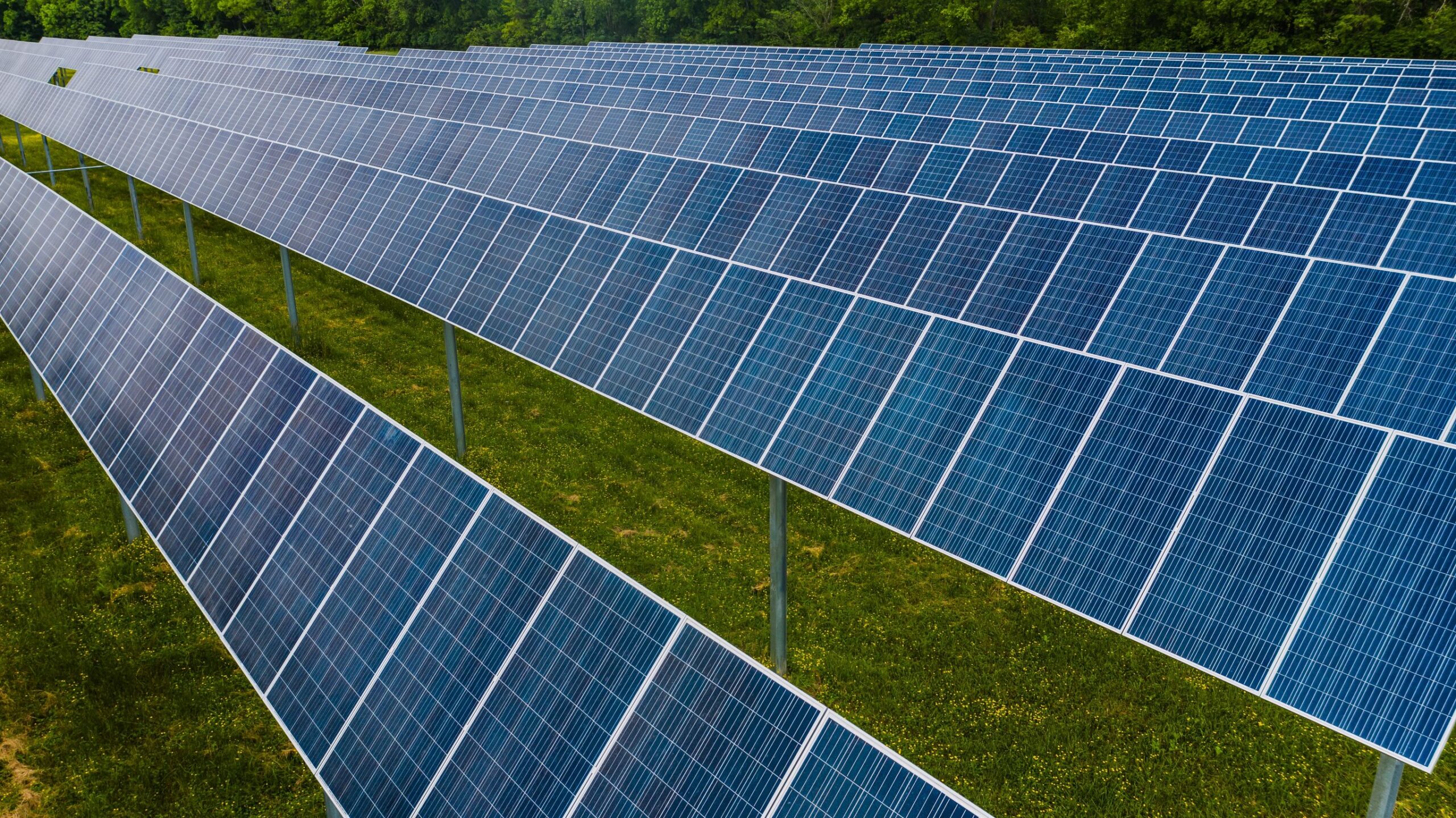
Durability and Longevity
Finally, polycrystalline solar panels are well-known for their longevity and sturdiness. These panels are built to endure severe weather conditions such as strong gusts, heavy rain, and freezing temps. Furthermore, they require little upkeep, which means they can last for many years before needing to be changed.
Finally, polycrystalline solar panels have a number of benefits over other kinds of solar panels. They are inexpensive, efficient, and long-lasting, making them an excellent option for those interested in harnessing the power of the solar. Polycrystalline solar panels can help you save money on your energy expenses while also lowering your ecological impact, whether you are a householder or a company proprietor.
What Are The Disadvantages of Polycrystalline Solar Panels
Polycrystalline solar panels are a common option for homeowners and companies interested in harnessing the power of the sun. They do, however, have drawbacks, just like any other device. In this piece, we will look at three of the most serious disadvantages of polycrystalline solar panels.
When Compared to Other Solar Panels
Polycrystalline solar panels have a lesser efficiency than other kinds of solar panels, which is one of their most important disadvantages. While they are still a viable source of solar energy, they are not as efficient as monocrystalline solar cells. This implies that more polycrystalline panels will be required to generate the same quantity of electricity as fewer monocrystalline panels. For those with restricted roof area or who want to maximize their energy production, this can be a major disadvantage.
More Distinctive Appearance
Another drawback of polycrystalline solar panels is that their look is less uniform. Polycrystalline panels, as opposed to monocrystalline panels, have a blueish hue and a less uniform look. While this may not be a major worry for some, it may be for those seeking a more visually appealing solar panel installation.
Climate Sensitivity and Energy Efficiency
Finally, polycrystalline solar cells are more susceptible to temperature fluctuations and can lose efficiency in hot climes. This means they may not be the best option for people who live in hot climates or who experience substantial weather fluctuations throughout the year. Furthermore, polycrystalline panels are less effective in low light circumstances, which may be an issue for those who live in regions with little sunlight.
In conclusion, while polycrystalline solar panels are an efficient method to produce energy from the sun, they do have some drawbacks. These disadvantages include decreased efficiency compared to other solar panels, a less uniform look, and increased climate susceptibility and efficiency. When deciding which sort of solar panel is best for your home or company, it is critical to consider these considerations.
What Are The Applications of Polycrystalline Solar Panels
Polycrystalline solar panels are a common option for converting sunlight into energy. They are composed of numerous silicon crystals and are well-known for their great efficiency and durability. We will look at the different applications of polycrystalline solar panels in this piece.
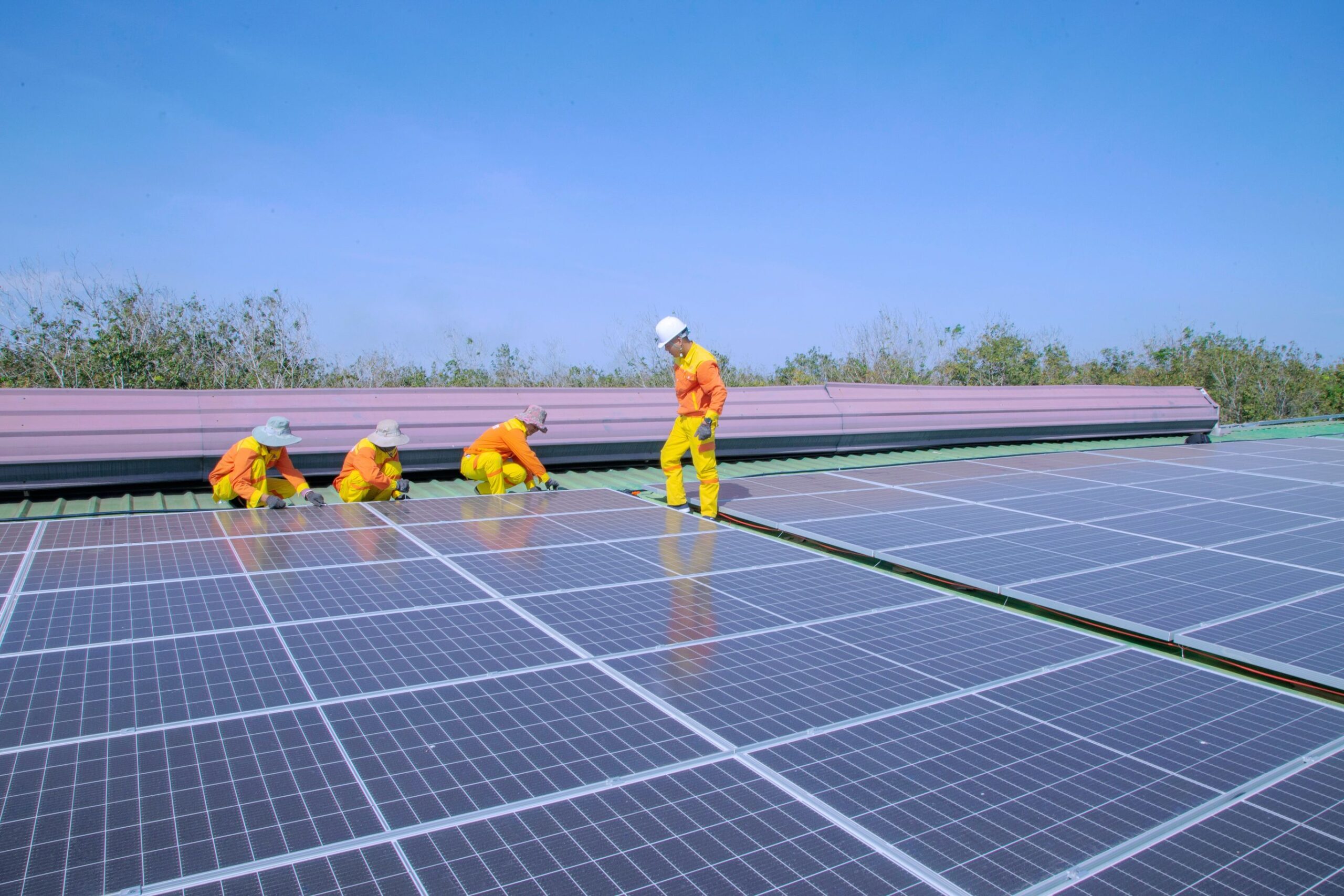
Polycrystalline solar panels are extensively used to produce energy in homes and business structures. They are placed on roofs or in open areas to collect and transform sunlight into energy. These solar panels are a great source of green energy and can help you save money on your utility expenses. They are also ecologically friendly, contributing to lower carbon pollution.
Polycrystalline solar cells are also used in agriculture and industry. They operate irrigation devices, water pumps, and other agricultural machinery. They are used to operate machinery and apparatus in industrial environments. In remote regions where access to power is restricted, these solar panels are an excellent source of energy.
Polycrystalline solar cells could be used in space uses. They are light and strong, making them an excellent option for space adventures. They are suitable for powering satellites, space missions, and other aircraft. The use of polycrystalline solar cells in space can greatly decrease spacecraft weight while increasing efficiency.
What Is The Cost of Polycrystalline Solar Panels
Polycrystalline solar panels are a common option for homeowners and companies interested in harnessing the power of the sun. The cost of these panels, however, can differ based on a number of variables.
Factors Affecting the Price of Polycrystalline Solar Panels
The size of the panel is one of the most important variables that can impact the expense of polycrystalline solar panels. Larger panels are usually more expensive than tiny ones. Furthermore, the effectiveness of the panel can influence the expense. Higher efficiency panels are typically more expensive than lesser efficiency panels.
The manufacturer is another element that can affect the expense of polycrystalline solar panels. Different manufacturers’ pricing structures may vary, so it’s essential to browse around and evaluate costs before making a purchase.
Price Analysis of Other Solar Panels
When comparing the cost of polycrystalline solar panels to the cost of other kinds of solar panels, it is essential to consider both the efficiency and the cost of the panel. While polycrystalline panels are less costly than other kinds of panels, they may be less efficient, which may reduce total cost savings over time.
Polycrystalline Solar Panel Cost Trends in the Future
The cost of polycrystalline solar panels has steadily decreased in recent years, and this tendency is anticipated to continue. The cost of these panels is expected to fall further as technology advances and manufacturing methods become more efficient.
Solar Energy’s Importance
As the world seeks to decrease its dependence on fossil fuels, solar energy is becoming increasingly essential. Because solar energy is a renewable energy source, it can be used forever without diminishing natural resources. Furthermore, solar energy is clean and emits no harmful emissions, making it a more ecologically responsible choice than conventional energy sources.
Switching to solar energy can also help you save money on your energy bills. Homeowners and businesses can decrease their dependence on the grid and save money on their energy expenses by generating their own power. This is particularly useful for people who reside in regions with high energy prices.
Conclusion
Finally, polycrystalline solar panels are a hopeful technology that has the potential to transform the way we produce and utilize energy. Because these screens are composed of multiple crystals, they are more efficient and cost-effective than monocrystalline peers.


